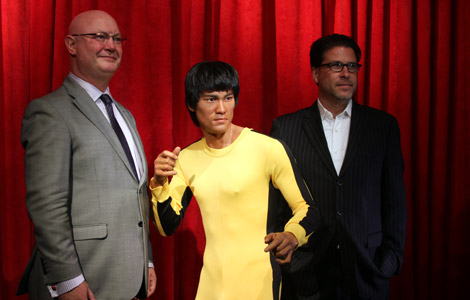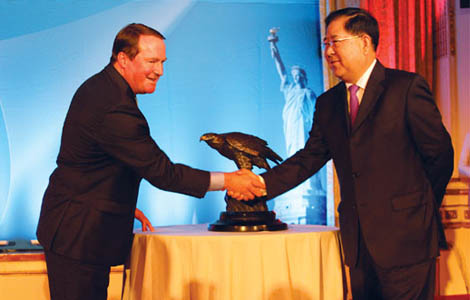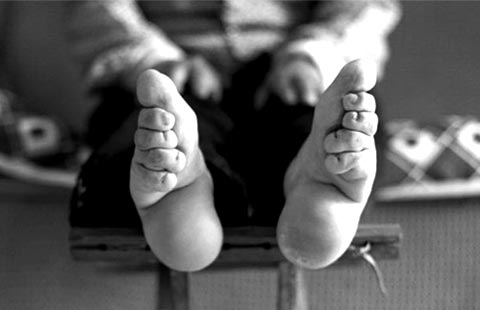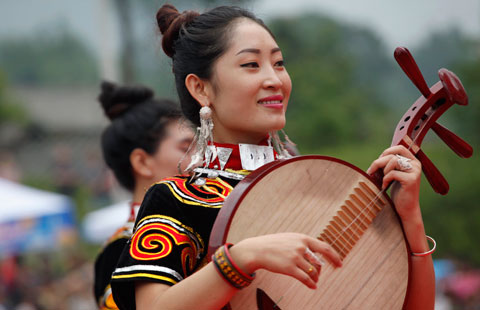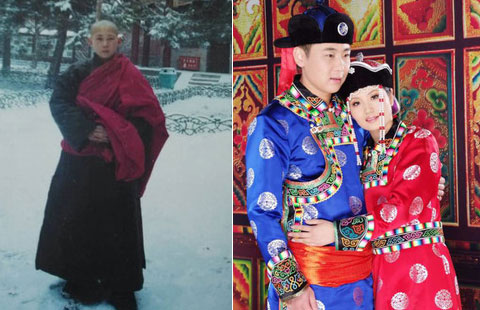Chinese culture in a nutshell
Updated: 2014-08-18 07:43
By Xu Lin and Kurt Nagl(China Daily USA)
|
||||||||
Diehard fans of Chinese culture and antiques shouldn't pass up the opportunity to visit Beijing's brilliant antiques markets.

Shilihe Tianjiao Culture City, a five-minute walk from Shilihe subway station (Exit D), features several thousand stalls packed with exquisite cultural artifacts. Visitors usually head straight for the precious stones and beautiful accessories, including bracelets and necklaces made from a variety of woods.
Experts and tourists alike can spend the day wandering through the seemingly endless aisles of art, pottery, jewelry, and souvenirs, slaking their thirst for cultural exploration, and possibly making their wallets a little lighter.
It's better to arrive early in the morning when visiting the market, which is not only noted for antiques, but is also renowned for selling flowers, birds, fish and insects. Elderly Beijing residents like to buy crickets, flowers, fish, and gourds, which are decorated with elegant carvings and paintings. Wenwan walnuts are also highly popular, because, although they are inedible, they are valued by collectors for their unusual green shells, the texture of the nuts inside, and the supposed benefits to health.
The tradition of rolling the walnuts in the palm of the hand as a form of exercise dates back more than 1,800 years, and the practice was even adopted by emperors and the aristocracy during the heyday of the Qing Dynasty (1644-1911).
Pairs of walnuts of similar weight and texture can fetch high prices, and it's common to see crowds gathered around the vendors and choosing shells priced between several hundred yuan and 1,000 yuan ($162), hoping they will contain distinctively textured nuts. Wenwan walnuts are placed in different categories and price ranges depending on their appearance. Once the customer has chosen a pair, the vendor cracks the shells open and then brushes the nuts in water before displaying them. If the customer has been lucky in his or her choice, they will become the owner of a couple of valuable, collectable items.

The main market is surrounded by dozens of buildings housing stalls selling antiques and jewelry, with goods ranging from porcelain statues of the Buddha to ancient Chinese coins.
Yang Pu, who owns a stall that specializes in items crafted from mammoth ivory in one of the buildings, says: "I've noticed an increasing number of customers coming to the market, especially youngsters. Meanwhile, the competition between sellers is growing fiercer as more and more people become involved."
Although China's animal protection laws prohibit the trade in ivory, the 24-year-old stallholder says he's allowed to deal in ivory from mammoths because the animals became extinct more than 4,000 years ago.
Yang says his stall is visited by customers of all ages; younger people are attracted by the interesting and unique designs, while older folk prefer traditional designs such as those depicting the Buddha.
He showed us some of the artifacts on offer, including one bearing an intricate carving of chained skulls and skeletons. Each piece fits in the palm of the hand and weighs less than a half a kilo. The customized carved skeletons cost about 6,000 yuan ($975), but the more common designs are priced as low as a couple hundred yuan.

Located to the west of Panjiayuan Bridge, the Panjiayuan Antiques Market is the largest and most famous of its kind in the capital. It covers an area of 48,500 square meters and is less than 2 kilometers from Shilihe.
The market offers a wide variety of antique goods, such as statues of terracotta warriors, porcelain vases and jewelry from a number of dynasties. The best time to visit is early on a Saturday or Sunday morning, when several thousand vendors crowd under the canopy of the outdoor market and prepare for a day of wheeling and dealing.
However, as in any antiques market, the biggest problem lies in distinguishing the genuine article from the fake.
"Insiders all know that many 'antiques' in the market are counterfeit, having been produced on an assembly line. You have to think over and over before you buy," says Yang, as he guides us around.
You can haggle with the vendor, but there is an unwritten law that if another customer is holding an item and scrutinizing it, you are not allowed to ask about the price until they have relinquished the piece.

Each aisle took about 10 minutes to peruse. We walked quite quickly, and even though we visited less than a quarter of the booths over a period of more than two hours, we saw an enormous number of goods and artifacts.
After a short walk, you will come across the flea market and the antique books market. Non-professional vendors occasionally go to the flea market at weekends to display their goods, but their status as amateur sellers means you may not see them and their antiques the next time you visit.
If you would prefer not to visit the market in the summer heat, you can browse its official Chinese-language e-commerce website panjiayuan.com, which offers as diverse a range of goods as the market itself.
Contact the authors at xulin@chinadaily.com.cn
(China Daily USA 08/16/2014 page9)
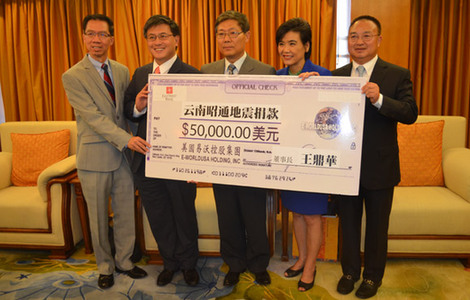
 California Chinese open pockets for quake relief
California Chinese open pockets for quake relief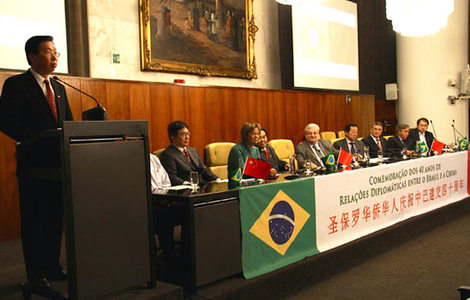
 Brazil-China a 'model' to copy
Brazil-China a 'model' to copy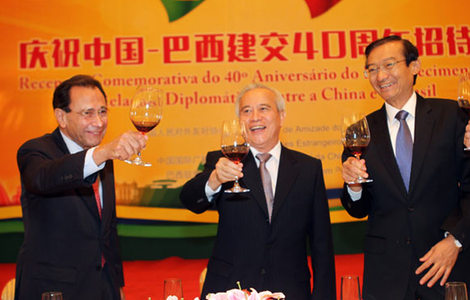
 Unique relation needs further tightening
Unique relation needs further tightening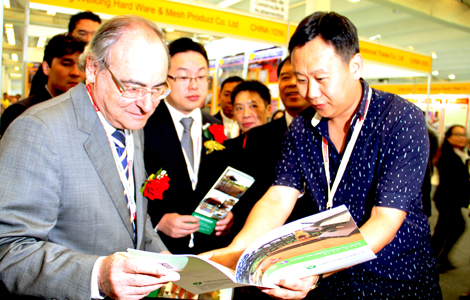
 Trade shows help firms to gain a foothold in Brazil
Trade shows help firms to gain a foothold in Brazil
 First lady tours museum with wives of foreign leaders
First lady tours museum with wives of foreign leaders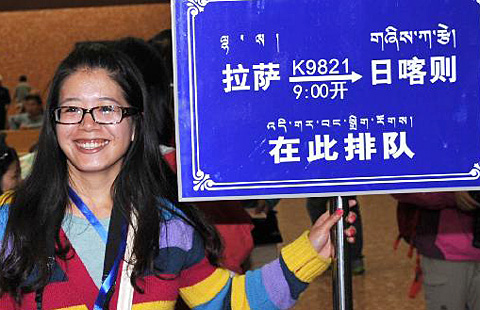
 Passenger transport starts on Tibet's new railway
Passenger transport starts on Tibet's new railway
 China to help upgrade US transport network
China to help upgrade US transport network
 Youth Olympic Games kick off in Nanjing
Youth Olympic Games kick off in Nanjing
Most Viewed
Editor's Picks

|

|
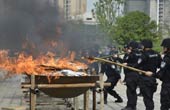
|

|

|

|
Today's Top News
190,000 people in HK turn up for anti-Occupy march
Ebola outbreak interrupts Chinese companies in Liberia
Macao's Chui unveils political platform for chief executive election
Gov declares emergency, imposes curfew in Ferguson
APEC sets ball rolling for free trade
China's holdings of US securities take a slight dip
China seeks to conduct dialogue with Vatican
China opposes Japan PM's offering to Yasukuni Shrine
US Weekly

|

|
